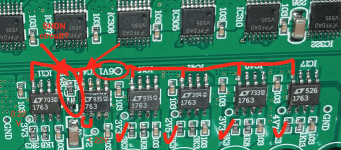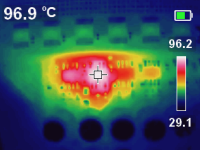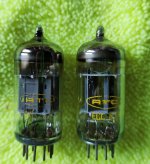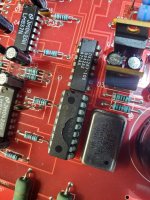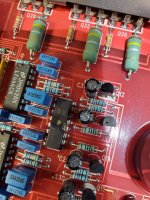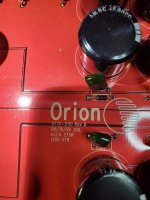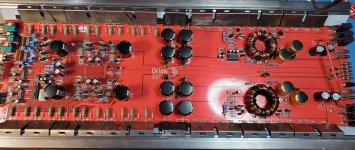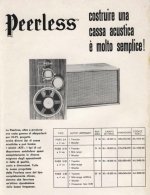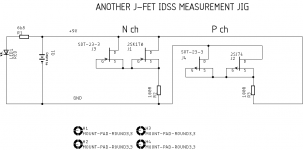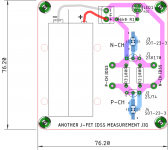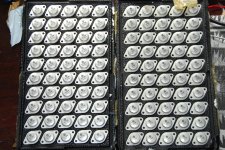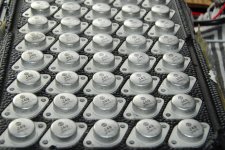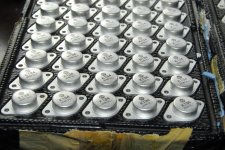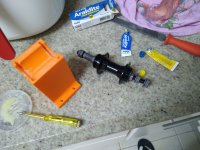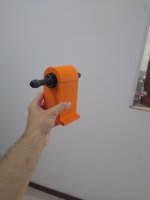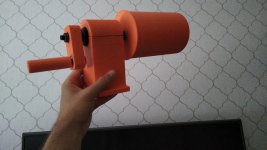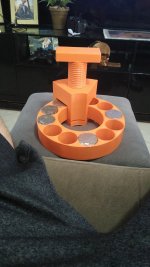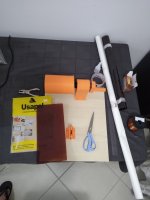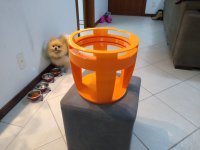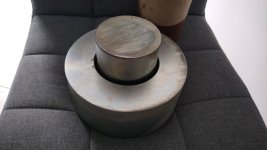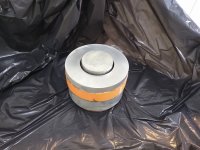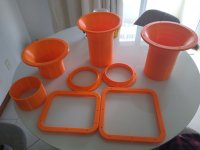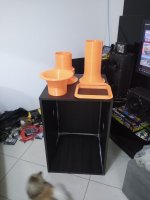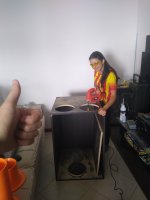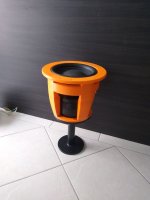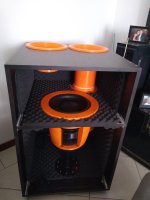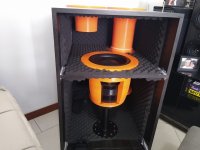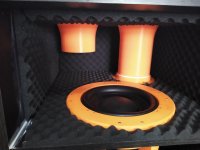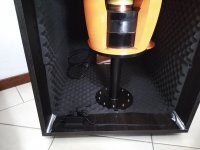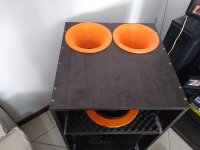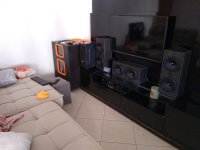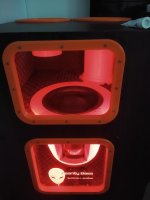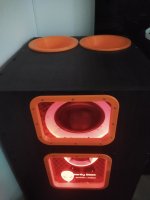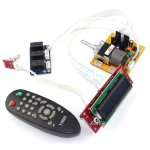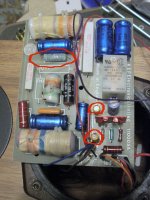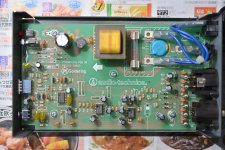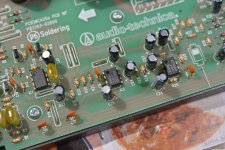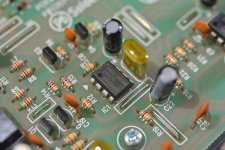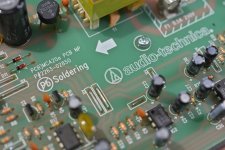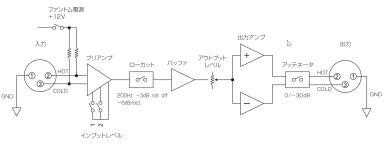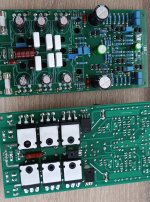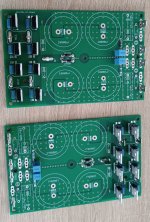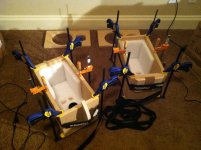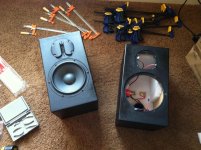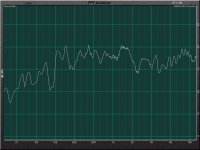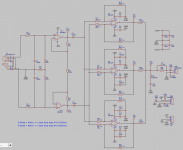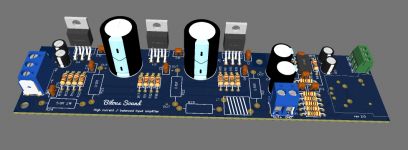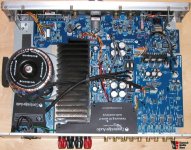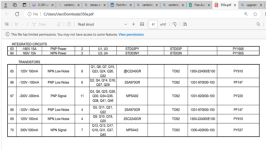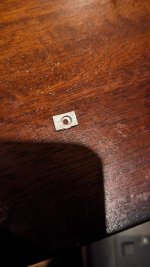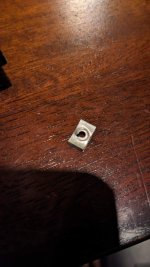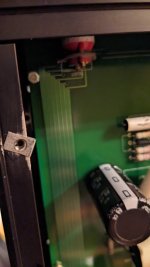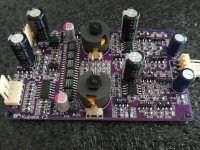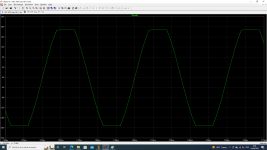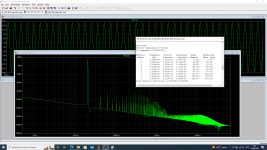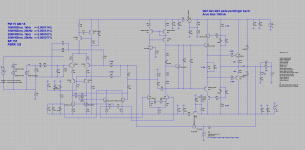Updated December 2023
Kubelik NOS DAC kits have now reached the end of their almost 2 1/2 year lifespan and are no longer available. If you'd like a more recent design, have a look at Dorati -
https://www.diyaudio.com/community/threads/dorati-nos-dac-kits.387035/ and Abbado II -
https://www.diyaudio.com/community/threads/abbado-ii-nos-dac-kits.400326/
Toscanini
https://www.diyaudio.com/community/threads/toscanini-nos-dac.389937/ is an enhancement of Kubelik with gerbers, Mouser BoM and schematic freely downloadable but no complete kits.
------------------------------------------------------------------------------------------------------------------------
PM me and be sure to include your payment method and location so I can quote you inclusive of fees and shipping. Kubelik is an upgrade of 'PhiDAC' and keeps the same physical footprint of 81mm * 50mm, the maximum height is 19mm. The design is non-oversampling (i.e. no digital filter on-board) and the input format is I2S (three signal wire) at 44k1/16bits. BCK can be 1.4 or 2.8MHz, no MCK is required. Output is CD standard 2VRMS. There's a digital invert function which allows a balanced output DAC to be made from a pair of Kubeliks. Schematic may be found here :
lingDAC - cost effective RBCD multibit DAC design
Preferred payment method is via Wise which typically adds a 2% fee. Our receiving currency is CNY, alternatively USD or Euro. PayPal may also be used, in USD but will attract higher fees, about 16%.
Price for a Kubelik kit : 128RMB (~$17.60)
Shipping is in addition and depends on your location and speed of service. Courier (FedEx, TNT, DHL) typically takes 8 - 10 days and e-packet four to eight weeks. Not all locations can be serviced by e-packet though.
FAQs
What else is needed to turn the built up kit into a fully operational DAC?
First you'll need a well regulated low noise power supply of 20V rated at 100mA or higher. An LM317-based board set to the correct voltage will suffice if you already have an unregulated supply (like a typical wall-wart). I don't recommend switching supplies due to issues with common-mode noise, its very hard to filter out. We can supply an LM317-based board with either DC (for unregulated DC) or AC (for a transformer) input option.
Second you may need a digital interface card. I say 'may' because some digital sources produce I2S directly (like Raspberry Pi, dedicated SDcard players) but most sources will either output USB (like a PC or laptop) or S/PDIF coax (a CD or DVD player) or Toslink. We can supply a card for interfacing one (or more) of those sources to Kubelik's I2S input. A CM6631A-based card for USB input is the premium choice as it operates under 'async USB' which is the lowest jitter. A mid-range alternative is an interface based on an STM32F4 microcontroller - while still low jitter, its output is not as clean on start/stopping as with CM6631A. In the bargain basement dept are the interfaces based on 'adaptive USB' such as CM108 and PCM270X. The S/PDIF board we recommend handles both coax (two inputs) and Toslink. Further, it has a switched I2S input - this can accept I2S from the USB source. A single pole switch acts as source selector, cycling through the inputs. An OLED screen is an option to indicate the selected input. The one drawback with this board is it needs a 5-12V supply, so a pre-regulator is necessary if fed from the DAC's supply. The simple coax/Toslink board needs a regulated 5V PSU.
Third you'll be wanting some output sockets, typically RCAs so you can connect your finished DAC to your amp or preamp. We can supply these and we're working on a PCB to mount them to make outputting Kubelik to your system easier.
Lastly, and this is obviously optional for a DIYer, is a case. We haven't supplied cases in the past because they're so heavy (i.e. expensive to ship).
USB CM6631A card examples :
https://www.aliexpress.com/item/32874113831.htmlwww.aliexpress.com/item/1005004083748180.html
USB STM32 card example :
https://www.aliexpress.com/item/1005003632369097.html
USB PCM270X card example :
https://www.aliexpress.com/item/4000141799137.html
Multi-input S/PDIF card :
https://www.aliexpress.com/item/1005002923079600.html
Coax/Toslink S/PDIF card :
https://www.aliexpress.com/item/1005002772984954.html
Do I need special tools to build and test my Kubelik kit?
You'll need some fine diameter solder (0.3mm is recommended), a temperature controlled soldering iron with a fine bit and a pair of tweezers. A magnifier comes in very handy but that depends on your eyesight. Desoldering braid is helpful for correcting mistakes. If you've never soldered SMD before then maybe Kubelik will be too challenging for a first project as there are more than a hundred parts. However none of them are microscopic (the smallest is 0805) and none of the ICs has pins closer together than 1.27mm. For testing you'll need a DMM (digital multimeter).
What's supplied in the kit?
There's a picture directly below of the contents : the bare PCB plus all the components that mount on it (resistors, caps, inductors, LED, ICs etc.). Given that 0805 sized components are incredibly easy to lose, we include a spare or two for each value. Input, output and power are supplied via 4pin Molex-style headers, we supply the mating half with crimped wires to these too.
What, if anything, is unique about Kubelik's design?
Commercial NOS DACs typically have minimal filtering after the DAC chip itself. Kubelik has two kinds of filters resulting in a 5th order overall lowpass response - a 3rd order passive filter prior to I/V and a 2nd order active filter afterwards. The passive filter prior to any active stage improves subjective dynamics - it means the I/V opamp no longer 'sees' a step waveform out of the DAC chip, rather a continuous signal. The active filter provides 'NOS droop' compensation - meaning you get a flat frequency response to around 17kHz whereas a typical (not every) NOS DAC has roll-off approaching 3dB by 20kHz. It also has headroom to cope with 'intersample overs' which may occur on some heavily compressed recordings. Meaning it won't clip its output no matter what digital input you give it. Opamps are used but their outputs are buffered with discrete transistors as I've found this results in improved instrumental separation when the music gets very 'busy'. Kubelik's DAC chips are 'multibit' but they're not strictly speaking 'R2R' as internally they use no resistors. Instead capacitors are used as elements in the DAC which have their charge constantly refreshed (similar to the DRAM in your computer) to compensate for any drift.
Here's the build and test guide for Kubelik -
lingDAC - cost effective RBCD multibit DAC design
Update : The two older versions of the stuffing guide had various errors, here is the up to date version :
https://www.diyaudio.com/community/...-rbcd-multibit-dac-design.324933/post-6889095

